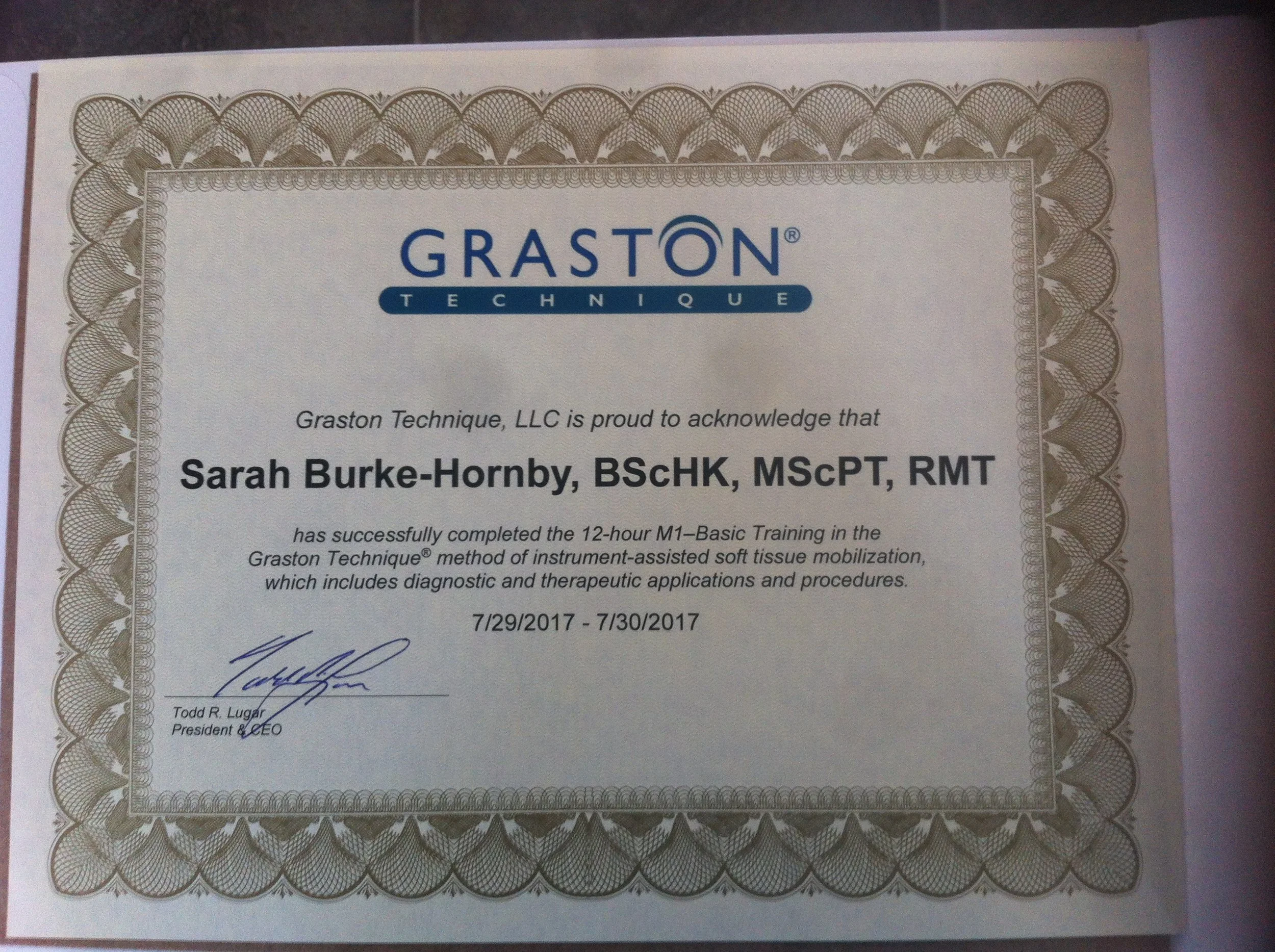Most older adults can benefit from increasing their physical activity. Regular exercise prevents chronic disease, improves mood, lowers chances of injury and helps in preventing falls.
Moderate physical activity is good for people of all ages and ability levels. Even the older population diagnosed with chronic illnesses can exercise safely under the supervision of a medical professional. Many medical conditions are actually improved with exercise, including Alzheimer's and dementia, heart disease, diabetes, cancer, high blood pressure and obesity.
Regular exercise provides a variety of health benefits, including improvements in blood pressure, diabetes, osteoarthritis, osteoporosis, and compromised cognitive function.
Regular exercise improves the following:
- Immune Function: A healthy, strong body fights off infection and sickness more easily and quickly.
- Cardio-Respiratory and Cardiovascular Function: Frequent physical activity lowers the risk of heart disease and high blood pressure.
- Bone Density and Risk of Osteoporosis: Exercise protects against loss in bone mass. Stronger bone density will reduce the risk of osteoporosis, lower the risk of falling, and prevent fractures. Post-menopausal women can lose as much as two percent bone mass each year, and men also lose bone mass as they age.
- Gastrointestinal Function: Regular exercise helps boost your metabolism, encouraging digestive health.
- Chronic Conditions and Cancer: Physical activity lowers the risk of serious conditions such Alzheimer's disease and dementia, diabetes, obesity and heart disease. It also helps in the management of high cholesterol and arthritis pain.
The ideal general exercise regimen for adults consists of three components:
- Aerobic and Endurance Exercises: Physicians recommend thirty minutes of cardiorespiratory endurance exercise each day for an adult. This means getting their heart rate up and breathing faster. Walking, cycling, and swimming are all examples of cardio/endurance exercises. Cardiorespiratory endurance exercise increases the body's ability to deliver oxygen and nutrients to tissues and remove waste over sustained periods of time.
- Strength and Resistance Training: Strength training uses and builds muscles with repetitive motion exercises. Strength training weights, resistance bands, nautilus machines or by using walls, the floor and furniture for resistance. Bodyweight exercises or calisthenics such as lunges, sit-ups, and leg raises are also convenient options since they do not require any specialized equipment. Strength training helps prevent loss of bone mass and improves balance. Both of these things will help seniors avoid falls and broken bones.
- Stretching and Flexibility Exercises: Stretching is vital to an exercise regimen. This helps muscles warm up and cool down gradually and improves and maintains flexibility, prevents injury, and reduces muscle soreness and stiffness.
Activities like yoga or Pilates can provide both useful stretches and strength training because they focus on isolating and developing different muscle groups.
Try activities in a class setting with proper supervision by a trained professional, or one on one training with a certified health care professional.
Sarah Hornby (Burke)
Registered Physiotherapist
ActiveNorth Physiotherapy Coldwater Ontario





